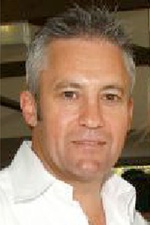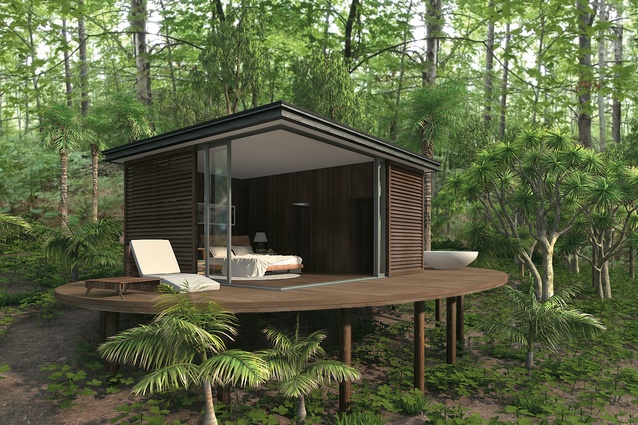Making clean, green the reality

There are so many ‘green’ terms around architecture these days – environmentally sustainable design, eco-house, zero-energy buildings, green-building, passive house – that it’s hard to make sense of it all. The latest to gain credence in the New Zealand market is passive house; just what exactly is a passive house?
The term ‘passive house’ refers to the internationally recognised standard concerning the energy efficiency of a building. Established in Germany in 1988 – and becoming widely used throughout the world – Passivhaus is a rigorous, and entirely voluntary, standard designed to reduce the ecological footprint of a building through the addition of features such as improved insulation, thermal windows and heat recovery technologies.
What this means to you and me, is that a passive house is a well-insulated, virtually airtight building that is primarily heated by passive gain – the building’s interior climate is kept at a comfortable level without active heating and cooling systems. In short, the house heats and cools itself, hence ‘passive’.
How do you design a passive house – is it all small rooms and few windows?
Again, the Passivhaus standard refers to energy efficiency, it’s not a design standard. This means excellent contemporary design featuring clean lines and functional living spaces can be achieved whilst still meeting the strict certification criteria.
Will it cost more to build a passive house?
Currently in Europe, passive houses are being built at the same costs as conventional constructions. However, in New Zealand it’s likely to cost you about 10% more. Many of us in the industry are trying to change that and as the concept gains greater momentum these costs will come down. One way of doing this is for new home builders to use key design elements to construct a near passive conventional home if budget is an issue. Similarly, if you’re looking to renovate, consider adopting passive house standards; every gain made in this area in the short term will have long-term benefits for all Kiwis.

Why choose to live in a passive house?
We’ve all known for a while now that much of the housing stock in this country falls below World Health Organisation parameters for healthy living. Because a passive house is a sealed, well-insulated structure providing unsurpassed indoor air quality and a consistent year-round living environment, it is incredibly healthy to live in.
What’s more, ongoing energy consumption is reduced, decreasing the household’s impact on the environment and returning considerable cost savings on energy bills.
You were a key player in the design and planning of New Zealand’s first certified passive house. What were the considerations that went into its design?
There were five key elements we needed to consider. The first and probably most obvious, was the design itself. All principles in a passive house hinge on a design that optimises the use of natural resources for thermal comfort.
Augmenting this is the insulation. In a passive house the entire envelope of the building is well insulated – the walls, windows, roof and floor. This ensures heat is not lost in winter and that indoor temperatures are kept lower during summer, without the need for mechanical intervention.
In conventional construction, heat transfer occurs through thermal bridges – areas where materials that are poor insulators come into contact with the building envelope. Through specific design of structural connections and by insulating under the floor slab and footings, thermal bridging was practically eliminated in the passive house.
Air-tightness is a must. Sealing the building reduces energy consumption by optimising the control of the mechanical ventilation system and eradicates damp, rot and mould problems. In the case of the passive house, this was achieved by specifying a new membrane product that eliminated the air transition between the outside and inside of the house.
The final consideration was smart technology. A heat recovery ventilation system (HRVS) ensures that fresh, good quality air is circulated throughout the house at a consistent temperature. Heat recovered from ventilating air is combined with that gained through passive means – solar gain, body heat etc – to provide almost all of the heating needed for the home.
You mentioned that you’re working to raise the profile of passive housing within the industry. How are you doing this?
Mainly by joining forces with like-minded groups and individuals. I’ve been working closely with some local German builders from the South Island to produce a range of architecturally designed passive houses under the name Coolhouse. The name is intended to reflect both the inherent passive technology and also that these are cool designs.
At the same time, I’m also working with private industry, including companies like Pure Advantage, to gain recognition for green building projects and design initiatives.
Also, we’re working with the government on the Christchurch rebuild on bulk housing developments of 300-500 houses a year.
And, I recently gave a talk to NZIA members on our experience of working with these new technologies and how best to go about getting passive certification.













